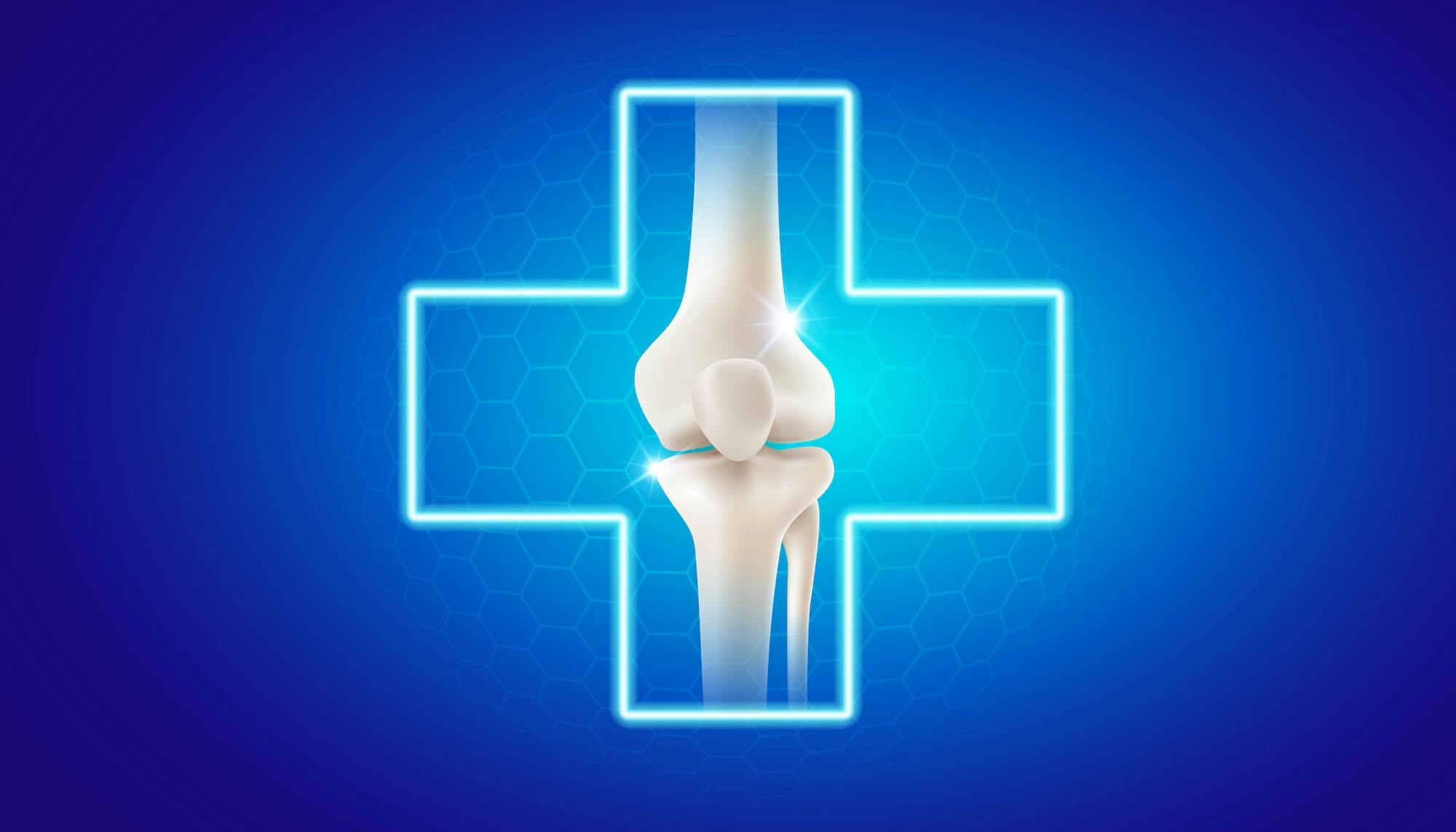- Blog
Flip Flop Red Flags
Posted on 04-16-2025 in Foot/Ankle by Dr. Sonya Ahmed, Dr. Erik Nilssen

Posted on 04-16-2025 in Foot/Ankle by Dr. Sonya Ahmed, Dr. Erik Nilssen
Flip-flops are a familiar sign that beach season has arrived here in Northwest Florida. While that can start as early as spring and extend well into the fall, by July, the goal is typically to slip on the most breathable option possible when venturing outdoors.
However, it's important to remember that flip-flops are inappropriate for everyday use as they significantly contribute to heel pain and other foot and ankle issues. Instead, flip-flops should be limited to visits to the beach, pool, spas, shared showers and hotel rooms. Even then, selecting a pair that will mitigate the negative impact on your feet is critical. Here are a few red flags to keep in mind as you dig through your closet or purchase new flip-flops:
In addition to these red flags, avoid wearing flip-flops while participating in the following:
If you are experiencing foot or ankle pain, don't hesitate to contact our office at 850-435-4800 or complete our online Appointment Request form to schedule a visit with Dr. Sonya Ahmed and Dr. Erik Nilssen.
As our foot and ankle orthopaedic experts, Dr. Ahmed and Dr. Nilssen specialize in various foot and ankle conditions and offer a wide range of innovative procedures, including minimally invasive treatment and surgical intervention. On-site physical therapy is also available at the Davis Highway, Midway and Fort Walton Beach locations.

March is National Nutrition Month®, and as part of the conversation, the North Florida Bone & Joint team wants to emphasize the impact diet can have on your bone health. Before diving in, it's essential to understand the role the skeleton plays in your body. Specifically, the skeleton—and the bones its comprised of—serve the following functions:

At North Florida Bone & Joint Specialists, we’re committed to delivering convenient, expert care throughout the Gulf Coast. As part of that commitment, we’re excited to announce the expansion of our clinical office footprint. In March, we opened two new locations in Milton and Navarre, FL, further enhancing our ability to serve patients across Northwest Florida.

Valentine’s Day is all about love—so why not show your joints some love, too? Whether you’re an athlete, an active adult, or simply looking to maintain mobility as you age, taking care of your joints is essential for long-term health and well-being. At North Florida Bone & Joint Specialists, we believe that self-care isn’t just about relaxation—it’s about making intentional choices to keep your body strong, pain-free, and resilient. Here are four self-care tips to keep your joints healthy and moving with ease: